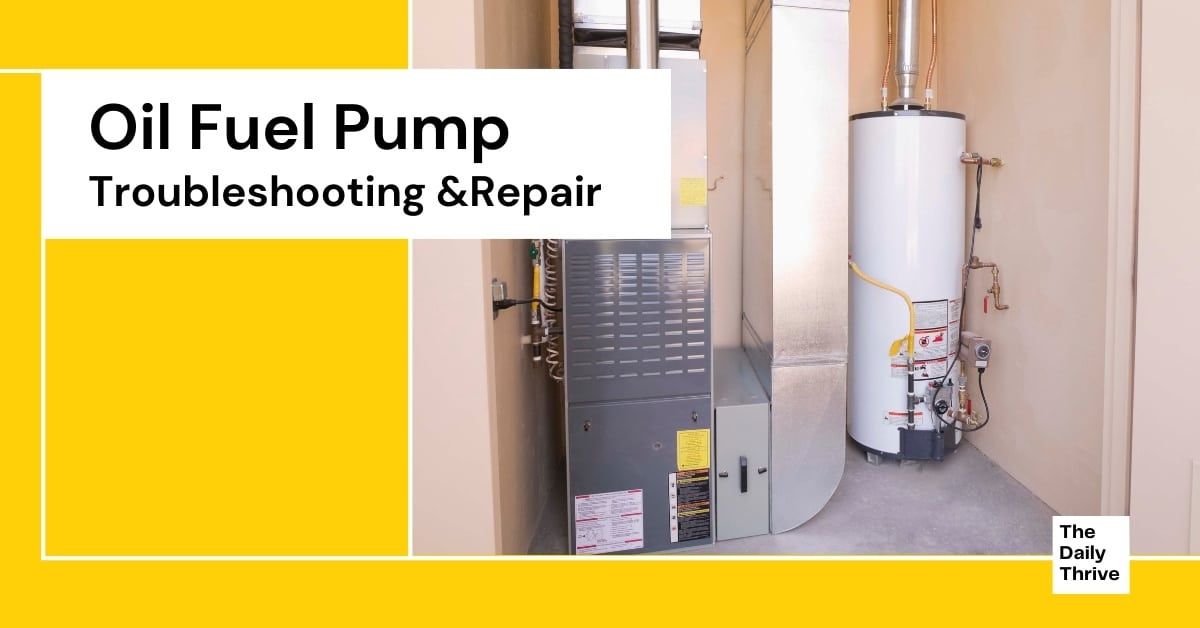Oil furnace fuel pump troubleshooting and repair. The fuel pump on your oil furnace is a wearable part. Its located on the oil burner assembly. Over time, the bearings and pump components will suffer wear and tear, eventually leading to failure. Here’s what you need to know about oil furnace fuel pump repair and how to replace it.
Furnace maintenance is essential to keep your oil furnace running as it should. The fuel pump that forces oil into the burner needs to be clean from any foreign particles. When this part is a blockage, your oil furnace will run out of oil, and damage will occur.
Signs Of A Fuel Pump Failing
When your oil furnace is running, you shouldn’t really hear much from the fuel pump. It should run quietly, delivering the necessary fuel to the furnace. The pump should be cleaned and serviced during your annual furnace maintenance, and the fuel nozzle replaced to ensure adequate flow.
However, as the fuel pump starts to suffer wear, you’ll notice that it starts getting louder when it runs. This noise will progressively increase, leading to a squealing sound when the pump engages. The squeal can get loud enough to interfere with the living environment on other floors in your home if you neglect it.
You may also find that your oil furnace starts to sputter as the fuel pump intermittently fails. Every interruption in the oil supply to the burner will result in the furnace sputtering. Left unaddressed, the fuel pump will eventually fail, leaving your oil furnace inoperable.
How to Replace Fuel Pump on Oil Furnace
Whether you’re proactively handling the early signs or it has already failed, oil furnace fuel pump repair must be fixed by a professional HVAC technician.
When you replace the fuel pump on your furnace, the entire fuel line system will need to be bled afterwards. The old pump will be disconnected from the furnace, and the input and output fuel lines will be removed. Then, those lines will be connected to the new fuel pump, and the pump will be attached to the furnace.
Once connected, the new fuel pump will need to be primed, and the lines will be bled. Bleeding is necessary because disconnecting the old pump introduces air into those fuel lines. That disrupts the fuel flow, which causes further sputtering and issues with your furnace.
The technician will bleed the lines and ensure that your new fuel pump functions as it should. Remember that bleeding can take time with a new fuel pump because it takes time to draw fuel from your storage tank to the furnace.






